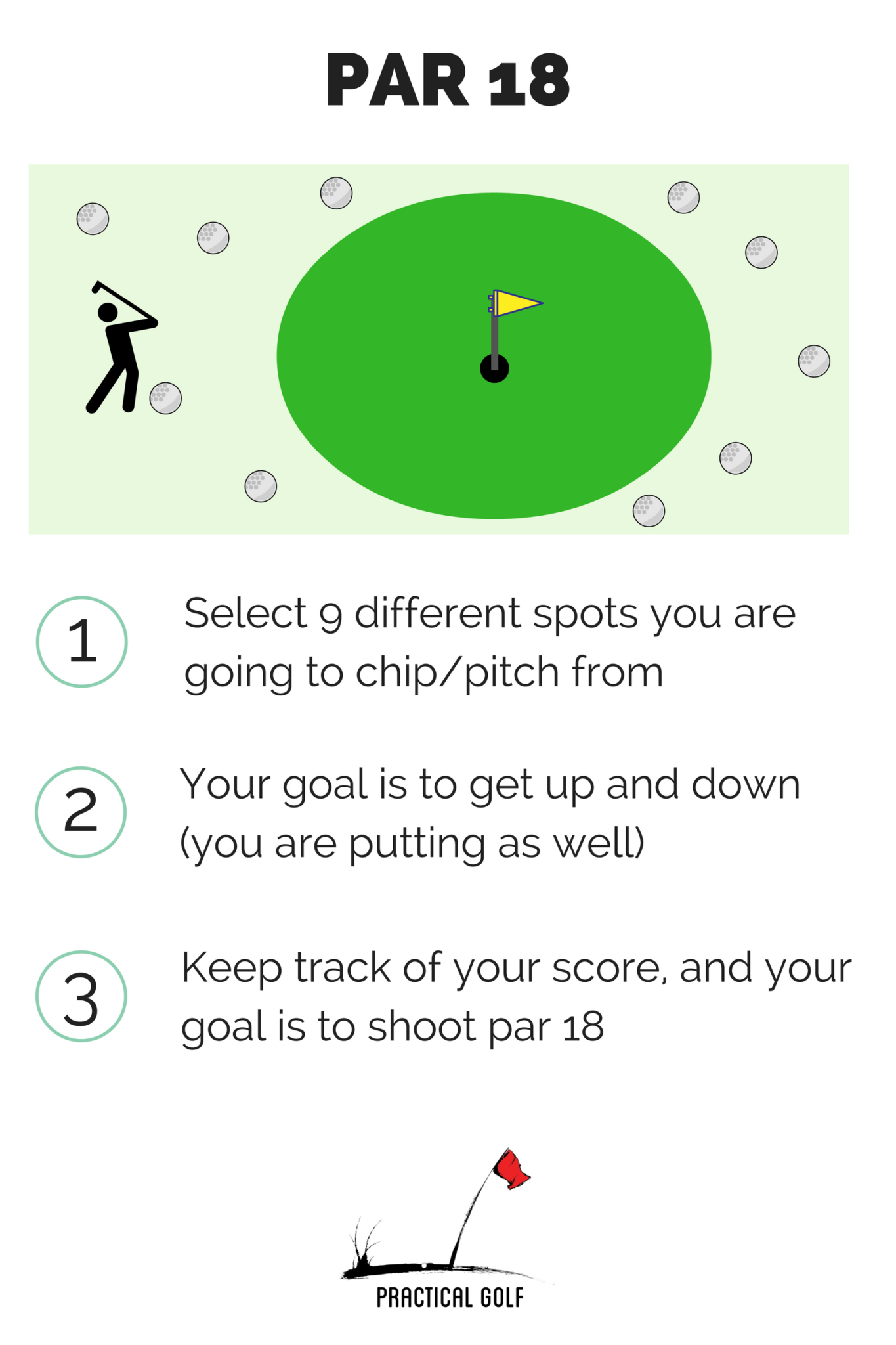
There is nothing more frustrating than spending hundreds of hours every year practicing your golf game, and not seeing any meaningful results. There is plenty of information out there on the golf swing, but golfers aren't ever taught how to practice correctly.
In this article, I want to explore one of the most common mistakes golfers are making when they go to the practice range.
Zombie Range Sessions
One of the biggest complaints you will hear from golfers is that they spend hours practicing, but never see any improvement on the course.
In my opinion, the biggest culprit is something I call zombie range sessions. Players show up to the range and start rifling through their bucket. They don't take any time to think about what they are doing, pick a target, or even give themselves more than 20 seconds between swings. For many golfers, it's just a contest to see how far they can hit their drivers.
In most cases, players are just reinforcing bad habits. They are not learning anything new or challenging themselves.
Long story short - if you do the same old, you get the same old.
The Missing Factor
Practice can be a useful tool for improvement. But there has to be one crucial factor to make it worth it.
I'm talking about intent.
One of the main differences between highly-skilled golfers and the rest of the pack is that they practice with intent. They show up to the practice range with specific goals and a plan on how they are going to spend that time.
It doesn't have to be complicated or feel like you are doing tedious chores. It should be fun and challenging so that you stay engaged.
What Does Intent Look Like
I can't tell all of you how you should be practicing specifically. All of your golf games are different, and you face various challenges.
Here are a few concepts to get you going...
Have a Target
At the minimum, each shot should have a specific target. Most golfers swing, and are hitting balls "out there." Don't do that!
Take time before each shot and decide exactly where you are trying to land it, and take notice where your misses are occurring. If you fall victim to hitting balls too quickly, put the bucket behind you. Now you will be forced to stop and pick up the ball before each shot rather than becoming a golfing machine gun.
Every shot must have a specific purpose, and you can't get much more fundamental than your target.
Experiment
One of the great ways to increase your golfing skill is to experiment with small changes in your swing to manipulate the golf ball. I recommend devoting a small portion of each practice session to experimentation.
How does it look? Here are some examples...
- Try to hit a big sweeping hook
- Move the ball around in your stance to see how it can affect your shot shape and trajectory
- Try to hit your 6-iron 75 yards
- Hit your lob wedge to the same target with three different trajectories
The golf course can throw so many variables at you, and being able to manipulate the ball is vital. Hitting these kinds of shots will help you become more creative, but more importantly, I believe it will help you become a better ball striker with your normal swing.
Challenge Yourself
One of the great ways to make your practice more effective and engaging is to challenge yourself with skill games. Not only will it make things more fun, but this is how you simulate the pressure of playing a real round of golf.
There are hundreds, even thousands of games out there you can try. One example for your short game would be a game called Par 18.

You create nine imaginary holes on the chipping green and try to get up and down from every single spot. Shooting "par 18" is the goal, and quite hard, but you can keep track of your score over time and see how you progress. This game is used at the junior level all the way to the professional ranks to help with chipping and putting.
Technical Changes
Many golfers are on an endless journey to make swing changes. Often they are getting random tips from strangers or friends that won't help them improve at all. That is why I tell anyone that if they want to make meaningful changes to their golf swing, it's best to work with a qualified teaching professional.
If you are working with a golf instructor, you'll likely have some homework to work on some swing changes. You need to do the prescribed work during your practice sessions in order to see results. Taking the lesson is the first part, putting in the work is the more critical step.
Doing your "swing homework" certainly qualifies as intent and can be a core component of your range sessions.
However, I wouldn't recommend taking "shots in the dark" with swing changes. If you read an article or watched a YouTube video that tells you to swing a golf club a certain way, it likely is not going to resonate with your particular swing.
Overall, working on technique during a range session is essential, but you want to make sure it's the right kind of work for your golf swing.
Closing Thoughts
If you want to become a better golfer and have time to practice, then your best chance of success is to make that time mean something. You don't have to spend three hours at the range to see improvement. You want to work smarter, not harder.
A lot of that starts with the idea of intent. What are you looking to get out of each practice session? How will you give each shot meaning?
Hopefully, some of the ideas in this article will give you some direction. If you are looking for some further resources here are some recommendations...
We have an extensive library of video drills and practice games available for our Practice Golf Insider members; you can find more about the benefits of becoming a member here.
If you are into reading, then one of the best books on practice is The Practice Manual by Adam Young. I highly recommend reading it; it's one of the most extensive works available on the topic.
We care about the protection of your data Read our Privacy Policy